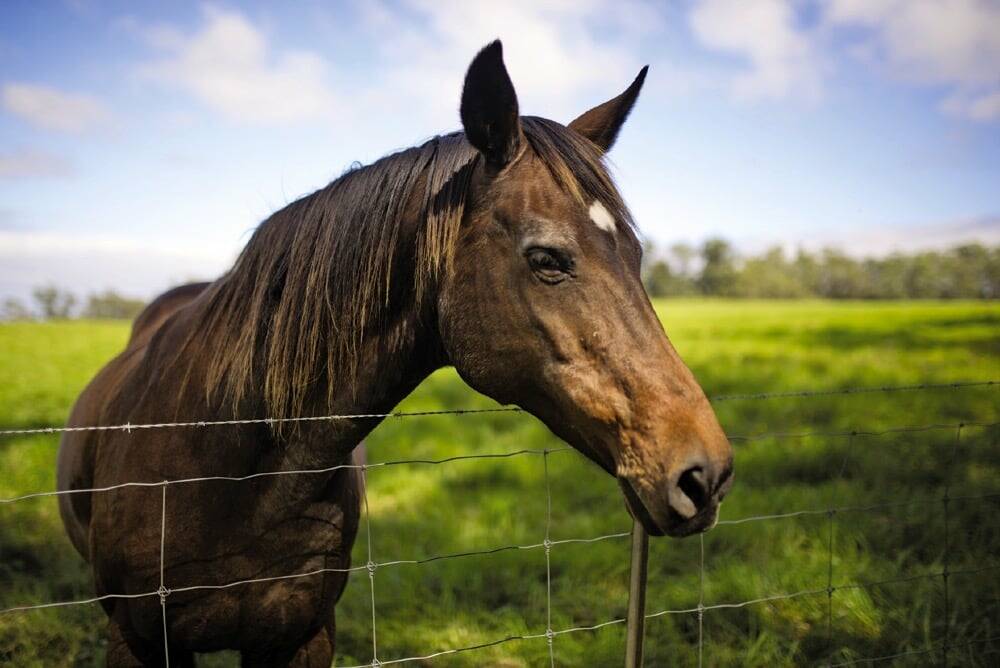AgTech adoption, on-farm successes featured at AIC conference

Success stories in agriculture technology adoption as well as key priorities and policy points for innovation in the sector were showcased at the Agri-Food Innovation Council Conference in Ottawa last week.
Throughout the two-day conference, farmers, dignitaries, entrepreneurs and experts spoke about innovation and how agriculture drives the Canadian economy forward.
Here are a few notable moments for Canada’s agriculture sector:
There’s opportunity for growth in innovation
John Piggott, CEO of food manufacturing company Morrison Lamothe stressed the importance of looking at agriculture as a chain.
Read Also

Study will explore economic impact of Ontario equine industry
The Ontario Harness Horse Association/Ontario Equine Educational and Employment Program (OHHA/OEEEP) has launched a comprehensive economic impact study of what it calls “the vast and diverse Ontario equine agricultural sector.”
“Often we say from farm gate to plate, but we spend too much time in the friction zones,” he said. “If you walked away from today, what’s John’s message? It’s that.”
He said Canada is an agricultural powerhouse, but the government still fails to see its potential, often lacking coordination between agencies and overlooking it in favour of other sectors.
“We create jobs in every single territory and province,” Piggott said. “I challenge any other industry to do that.”
Dana McCauley, CEO of the Canadian Food Innovation Network expanded on the potential for agri-food innovation. She said Canada is investing in the sector more than many other countries.
McCauley also said one of the next priorities for Canadian agriculture should be scaling technology for food and production.
“I see all this agri-food tech as this amazing pantry that we have, and I want the farmers and the food businesses to be going to that pantry and looking for ingredients and things that they haven’t tried yet,” she said. “Just sort of spice up how they approach innovation.”
Agri-Food tech can benefit the whole food system
Several speakers at the conference showcased their own success stories of agricultural technology and innovation.
Paul Moyer, a fruit farmer and apple grower from the Niagara region, spoke about a development that all started with a decision to start selling candy and caramel apples to extend the farm’s season.
Moyer said he hit a snag when a listeria outbreak hit the caramel apple industry. “So, we said, how do we solve this problem?”
He approached University of Guelph researcher Dr. Keith Warner, who suggested adding peroxide to the UV lights he used to clean his apples.
“We were 10 times more effective when we started to use that process. And then I said, what if we add ozone gas to the hydrogen peroxide with the UV light? It did two things: First of all, it made it 10 times more effective again. So, it was 100 times more effective than UV light, ozone or peroxide alone.”
This allowed him to brand his apples as “the safest caramel apple in the country,” and subsequently partner with companies like Walmart, Kroger and Costco, as well as American grocery chains.
This ultimately led to the creation of Clean Works, a leader in Canadian food safety technology. The tech is also able to extend the shelf life of some perishable goods, meaning less food waste.
Northern Ontario business takes on food security, carbon capture
Benjamin Feagin Jr., CEO of Dryden company AgriTech North, spoke about his company and its mission to reduce fresh produce costs by 25 per cent in rural and remote Indigenous communities, while providing education on agriculture and the food system.
AgriTech North uses hydroponic farming systems to grow food and employs technology like multi-temperature food lockers to keep the produce customers orders fresh.
He said one of AgriTech North’s pillars is agricultural education.
“In our first couple years, we donated over $300,000 to local education,” he said. “We put year-round growing racks to teach the kids about year-round agriculture because the school year doesn’t align with the agricultural year, so the only way for them to get hands-on agricultural education in the classroom is to use year-round agricultural methods.”
Feagin said this education also helps to bolster interest in agriculture among young people.
“We see a waning in interest in agriculture in the youth as a career pathway, because they don’t understand that if you do chemistry, computer science, engineering, all of it has a place in agriculture.”
He explained with technology like hydronic micro-climate control systems and direct-air capture carbon dioxide, AgriTech North has been able to reduce energy use and carbon emissions.
“We have a student researcher looking into monetization of carbon credits, and we’ll use our charity to essentially broker those carbon credits for the agricultural organizations that are adopting the technology,” Feagin said.
“We’re essentially going to turn the whole greenhouse gas story on its head, where agriculture won’t be a carbon-emitter anymore and, especially in the greenhouse market, will be carbon sinks.”
CAAIN funds automation, AI for agriculture
Patience Palmer, program manager at the Canadian Agri-Food Automation & Intelligence Network spoke about innovations in agricultural automation and AI technology.
Palmer gave examples of projects funded by the network, which she said contribute to an understanding of what challenges the sector is facing.
One was a technology used to identify the sex of a chick inside an egg before it hatches to eliminate the need to cull male chicks. Other examples were an electric weeder that can zap weeds instead of using chemicals and artificial intelligence which can identify grain quality.
She said agricultural adoption has been fairly slow in Canada, and as a result many technologies that get funding don’t reach commercialization. For this reason, CAAIN is developing a network of smart-farms to increase and encourage adoption.
Source: Farmtario.com


